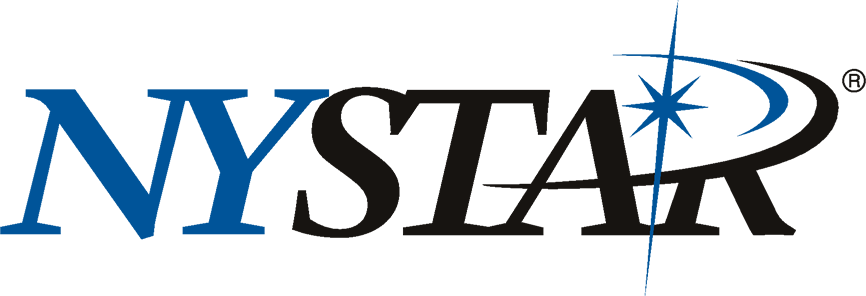The research in our laboratory is aimed at understand the molecular mechanisms by which bacteria regulate biofilm formation. Bacteria have a strong predisposition for growth in a surface-bound, multicellular community called a biofilm. Biofilms are extremely persistent; current antibiotics are ineffective against these compact and well-protected structures and host immune systems are typically unable to clear biofilm infections. Biofilms plague many aspects of human health and welfare. They famously cause chronic infections in the lungs of cystic fibrosis patients and in open wounds, such as those associated with injury, burns, and diabetes. Because bacteria can colonize nearly any surface (metal, biological tissue, soil, wood, plastic, etc.) in a moist environment, they cause persistent biofouling of medical implants, ship hulls, environmental sensors, air conditioning units, water pipes and storage tanks, and fuel storage tanks. Billions of dollars are spent annually to combat the consequences of biofouling in marine and freshwater environments and billions more are spent to combat bacterial biofilm infections and contamination in clinical settings. On the other hand, however, biofilms are beneficial in purifying waste water and cleaning up oil spills, for example.
Biofilms are the most abundant but least understood mode of bacterial growth. Non-lethal concentrations of nitric oxide (NO) have been shown, empirically, to be involved in biofilm formation, but the underlying mechanisms are not well understood. This gap in understanding prohibits rational exploitation of these pathways for practical and therapeutic intervention. Notably, the mechanisms that drive biofilm dispersal are ideally suited for clinical applications, because dispersal not only results in removal of the biofilm, but also in restoration of antibiotic sensitivity.
The long-term goal of our laboratory is to gain a rigorous, molecular-level understanding of NO sensing and signaling in bacteria, and to employ this knowledge to advance human health and welfare. For example, understanding how bacteria regulate biofilm formation could be leveraged into applications for treating cystic fibrosis, controlling hospital-acquired infections, and protecting our water supply. In our current and future research program, we are pursuing four research projects to elucidate bacterial NO signaling pathways:
- Discovery and characterization of NO/H-NOX regulated cyclic di-GMP signaling pathways
- Discovery and characterization of a NO/H-NOX regulated quorum sensing circuit
- Non-planar heme distortion in the H-NOX family: from basic chemical and physical properties to signal transduction
- Discovery and characterization of a new NO-mediated cyclic di-GMP signaling pathway in pathogenic bacteria



